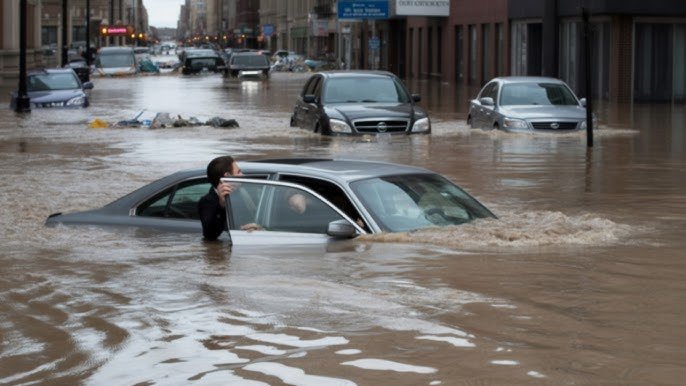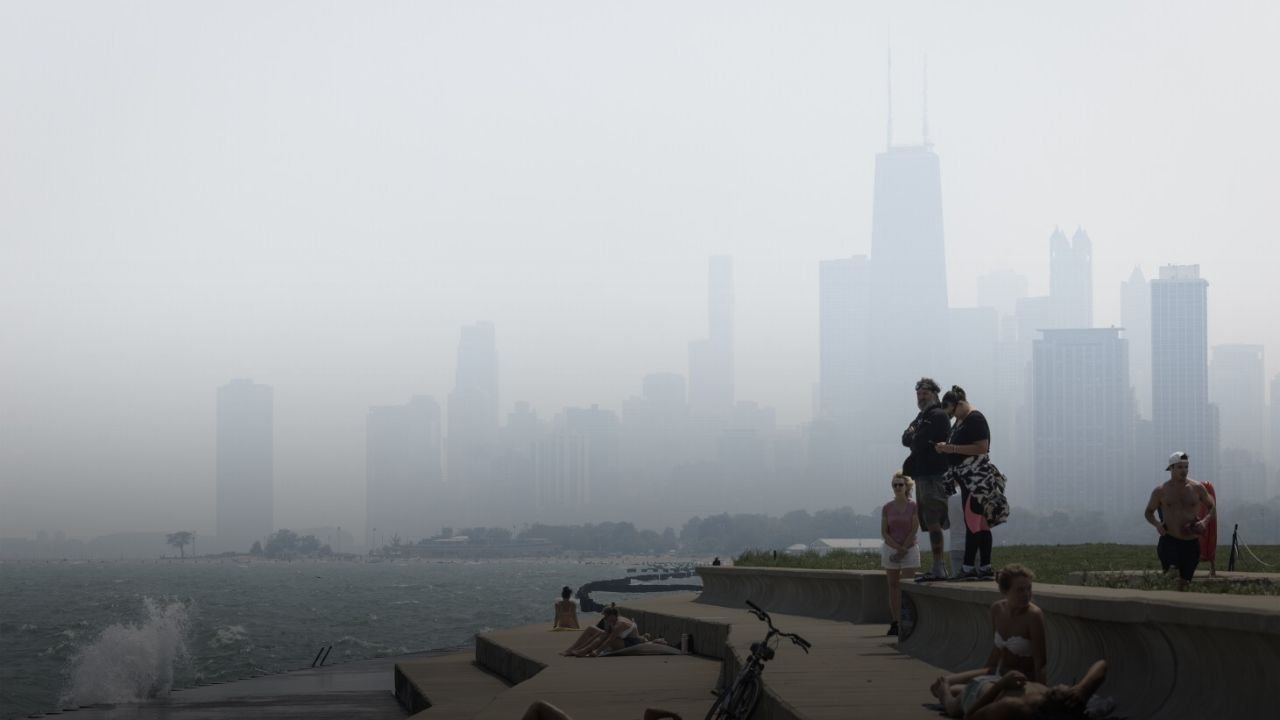CHICAGO — Chicago is now officially among the fastest-sinking cities in the country, according to a new study published in Nature Cities. Researchers say the land beneath parts of the city is dropping by more than 2 millimeters per year — a slow but concerning shift that could have major impacts on infrastructure and development.
The Virginia Tech-led study examined land subsidence in 28 U.S. cities using satellite radar imagery. Chicago ranked fifth for fastest average sinking rate, just behind Houston, Fort Worth, Dallas, and New York.
“Even slight downward shifts in land can significantly compromise the structural integrity of buildings, roads, bridges and railways over time,” said Leonard Ohenhen, the study’s lead author, via Virginia Tech News.
What’s Causing Chicago to Sink?
There are multiple forces at play:
- Glacial isostatic adjustment: The land in Chicago is still rebounding from the weight of glaciers that covered the area over 20,000 years ago. As the Earth’s mantle shifts back northward, parts of Chicago are settling downward.
→ USGS explains the process here - Underground climate change: A 2023 study from Northwestern University found that heat from buildings and underground transit systems causes the earth to expand and contract, deforming soil structures.
→ Read the Northwestern study summary here - Soil sensitivity: Chicago’s clay-heavy soil is particularly vulnerable to these temperature fluctuations, leading to additional ground movement.
What Are the Risks?
Though the city isn’t about to fall into Lake Michigan, the consequences can still be serious over time:
- Cracking foundations
- Tilting buildings
- Water intrusion in basements
- Potential structural damage to roads and bridges
“Millimeters per year might seem inconsequential, but I tell people it’s like a compounded interest rate; these things are compounded year after year,” said geodesist Philippe Hensel from the National Geodetic Survey in Block Club Chicago’s report.
Are Any Solutions Available?
Experts suggest a few mitigation strategies:
- Thermal insulation in buildings to prevent underground heat loss
- Geothermal technology to capture and reuse excess heat
- Improved groundwater management, even though Chicago relies on Lake Michigan and not aquifers like other cities
Still, the biggest advantage is knowing the issue now — before it escalates.
“Things happen slowly, but if they are ignored for a long period of time they do reach a tipping point,” Hensel warned.
Why This Matters Now
Chicago has long been a hub of architectural innovation, but researchers now say it must also prepare for climate-induced ground deformation. With much of the Loop and other neighborhoods built on former swamp and clay, understanding how the land moves could be essential to avoiding future disasters.
The full study is available via Nature Cities, and local impact analysis was reported by Block Club Chicago.
Have you seen changes in your building’s foundation or felt anything unusual underfoot in Chicago? Do you think the city should invest more in geotechnical resilience?
Share your thoughts in the comments below.
Stay with ChicagoSuburbanFamily.com for ongoing updates on environmental risks, infrastructure, and local policy debates.












